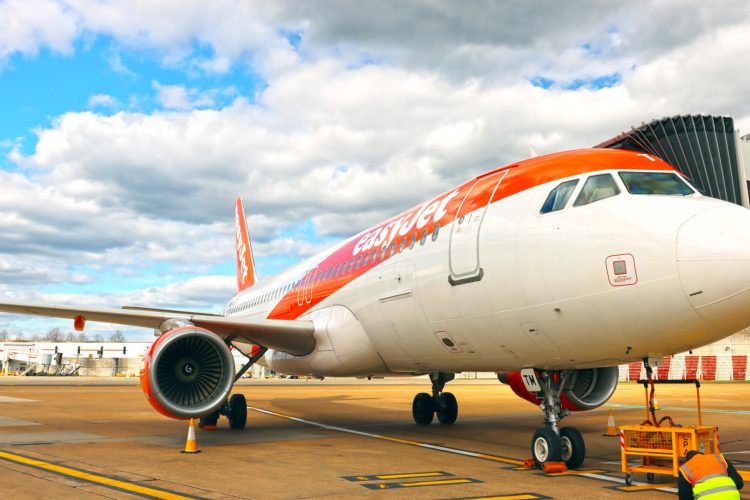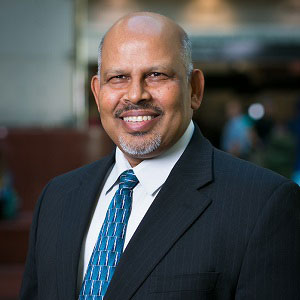London Gatwick trials new smart stand technology
- Like
- Digg
- Del
- Tumblr
- VKontakte
- Buffer
- Love This
- Odnoklassniki
- Meneame
- Blogger
- Amazon
- Yahoo Mail
- Gmail
- AOL
- Newsvine
- HackerNews
- Evernote
- MySpace
- Mail.ru
- Viadeo
- Line
- Comments
- Yummly
- SMS
- Viber
- Telegram
- Subscribe
- Skype
- Facebook Messenger
- Kakao
- LiveJournal
- Yammer
- Edgar
- Fintel
- Mix
- Instapaper
- Copy Link
Posted: 25 November 2024 | Holly Miles | No comments yet
By enabling more efficient turn times, the smart stand is designed to enhance safety procedures, improve stand utilisation, maintain punctuality, and improve passenger experience.


C: Gatwick Airport.
London Gatwick is trialling innovative smart stand technology in collaboration with its largest airline partner, easyJet. This ground-breaking initiative aims to revolutionise aircraft turn management, enhancing efficiency, safety, and punctuality across the airport.
The first-of-its-kind trial enables Turn Co-ordinators (TCOs) to oversee aircraft turns remotely from a control room. Using automation and artificial intelligence, the system records key turn events and predicts when an aircraft will be ready for departure.
By reducing the need for jet bridge operators to be physically present at every arriving aircraft, the smart stand technology has the potential to streamline operations, improve stand utilisation, and support more consistent turnaround times. This, in turn, could help maintain on-time performance and enhance the overall passenger experience.
The new system also benefits airport staff, allowing TCOs to manage multiple aircraft more efficiently from a central location while leveraging automated processes and enhanced reporting tools. Additionally, integrated anti-collision control technology further improves safety by minimising the risk of jet bridge impact on aircraft.
The first live trial took place on 6 May and will continue through to next summer, providing valuable insights into the future of smarter, more efficient airport operations.
Abhi Chacko, Head of Innovation, London Gatwick said: “London Gatwick is the world’s most efficient single-runway airport. We handle up to 55 movements an hour, and aircraft turnaround is the most important activity for maintaining on-time performance. Currently, activities are measured manually and have to be performed by staff on the ground, going from stand to stand.
“Smart Stand has the potential to significantly improve the aircraft turn process, bringing a range of benefits to airlines, ground handlers, the airport and most importantly, passengers. For example, once this innovation is approved for regular operations, it will enable aircraft to enter the Smart Stand and let passengers out, without anyone having to physically go the stand. This trial highlights our commitment to finding innovative solutions and we are excited to review the results.”
Hugh McConnellogue, Director of Gatwick, easyJet said: “As London Gatwick’s largest airline with 22 million of our customers travelling through the airport each year, we are pleased to support the trial of initiatives like Smart Stand to help enhance airport resilience and passenger experience and we look forward to seeing the outcome of the trial.”
The innovation is part of VINCI Airports’ strategy to improve airport infrastructure and management, including the dissemination of innovative ideas across its network of more than 70 airports in 13 countries.
London Gatwick is an Innovation Centre of Excellence for VINCI Airports, and Smart Stand is the latest in several innovative solutions pioneered by the airport. Others are now used in airports across the VINCI network, including the Airport Community App.
Related topics
Airside operations, Operational efficiency, Passenger experience and seamless travel, Workforce


















